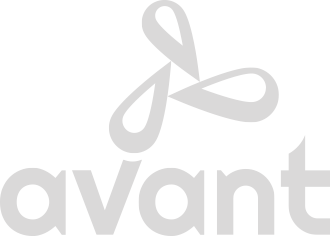A meaningful transition plan after a promotion is necessary to build a sustainable development plan that will continue to fuel your career growth. It’s important that the “transition” step isn’t skipped.
Leaders don’t typically fail after a transition because they lack the necessary technical/functional skills or experience. More often, it’s because they haven’t taken the time to focus on the key tenets for successful leadership transition. In my experience I have focused on four areas during a transition period:
- Credibility, relevant skills, knowledge, experiences
- Alignment, congruence between the leader’s plans and actions, and the organization’s goals
- Followership, team engagement, relationships, trust and contributing to the success of others
- Contribution, achieving your results and setting up for future success
Mechanisms to achieve the four areas of focus
- Role clarity: One of the reasons why people don’t do well is because their role isn’t clear; to the person in the role, as well as other stakeholders (peers, internal customers, etc.). They have a title and job description but what their boss expects is different than what the field or others expect. This is about managing expectations, negotiating and influencing.
- Relationships: Build a relationship road map. Who are the people or departments that you are highly dependent on for your success? This can be formal cross-functional interdependencies, as well as informal organizational knowledge, for example, who has tribal knowledge on a key account.
- Culture: It’s important to understand the cultural expectations of the organization and your department. This includes elements such as behavior norms (for example, timeliness to meetings), ways of working, and a myriad of other artifacts that signal company culture. It is about respecting the current culture and why it is as it is today, before driving change. Perhaps the biggest rake someone can step on early is to drive change by saying “this is how we did it at (insert name of past company you worked at).” It’s important to gain understanding of the things that people are deeply psychologically committed to; those aren’t necessarily the place to start making change.
- Early wins: Making meaningful contribution right off the bat is important. The contributions can be small, but they need to be meaningful. Spend time helping others be successful.
Throughout the transition period, there is a personal development aspect that may co-mingle or interfere with each of these tenets. However, development is not at the transition forefront, it’s woven throughout. Think about your leadership development and how you may need to compensate during the transition to make sure it doesn’t become an obstacle.
In the case of Claire, the emerging leader who was recently promoted to her first VP role and is the focus of this series, we initially skipped right over the transition plan. What we learned through the process is that while her primary development goal was about how to have effective high-stakes conversations, the transitional aspect for her was about ensuring that she really understood her key stakeholders, how they worked with her predecessor, what they believed was satisfying, and what they felt needed to be changed. Only then would she understand how she could help them be successful, build her credibility and understanding, and therefore cement relationships as the new leader. She had to get her footing, be viewed as credible, and deeply understand her new stakeholders before driving what she and the C-suite knew was well-needed change. The changes she will be making in the business will fundamentally affect how these stakeholders work as well as what they are working on.
Leadership transition into a new role needs to be thoughtfully addressed in a way that complements development but doesn’t replace it. During the transition time it’s important to get your feet set, understand the new playing field, and appreciate your stakeholders’ expectations, while taking the time to address the ways in which your development could accelerate or impede the transition.
This is the third article in a five-part series on the importance of a development plan. Check out the introductory article that defined what a development plan is and the second article that differentiated between a business goal and a development goal. Watch for future articles about how to overcome roadblocks to your development plan, and why meaningful feedback is critical to the success of your development.

